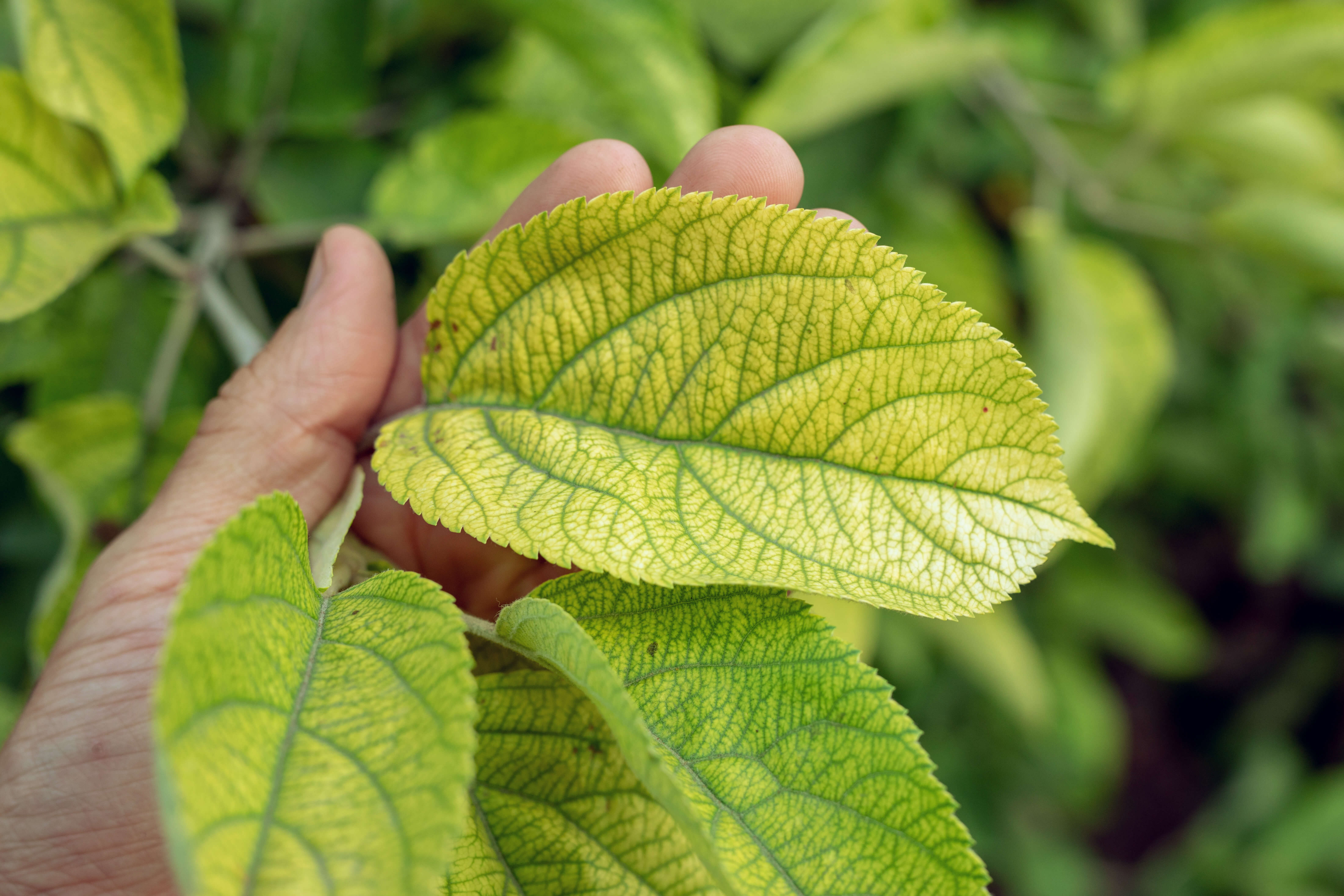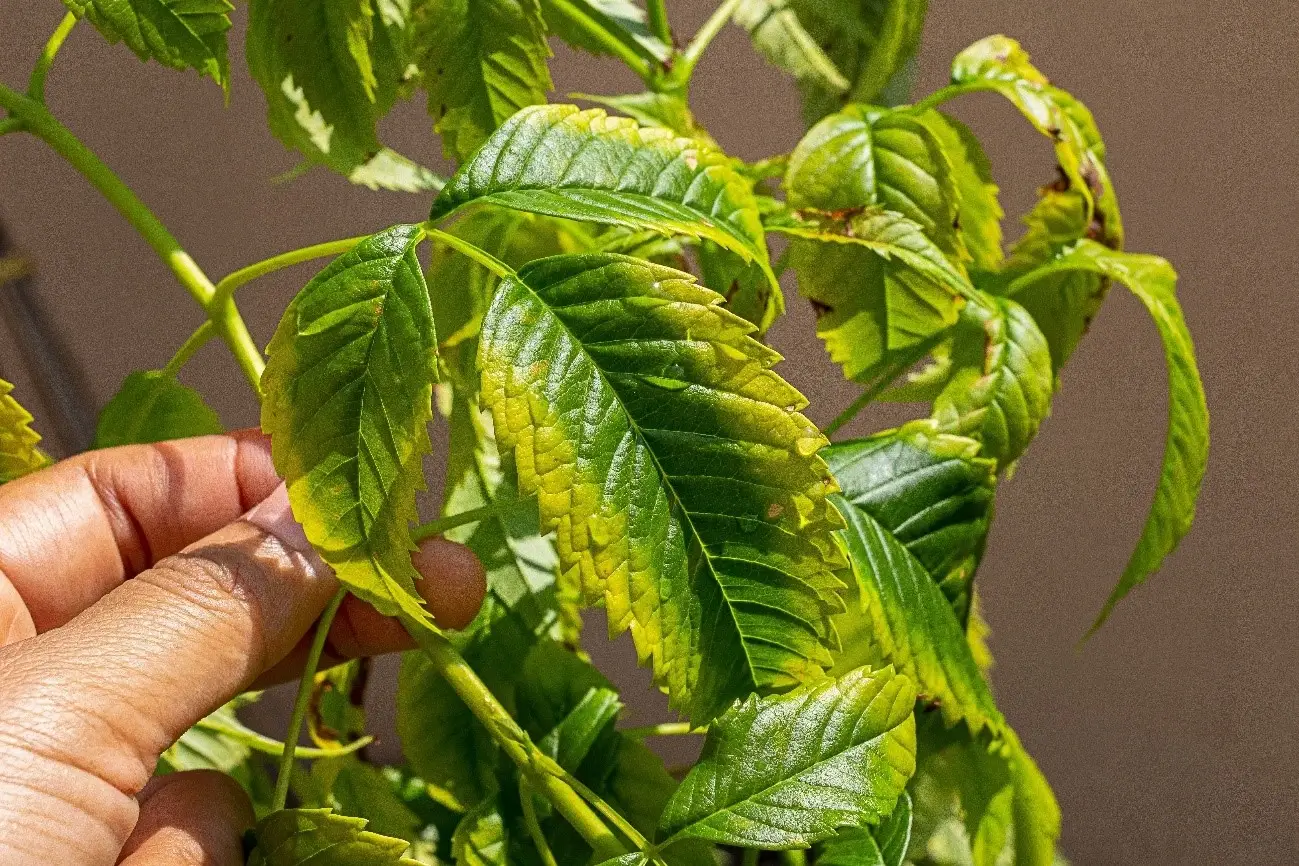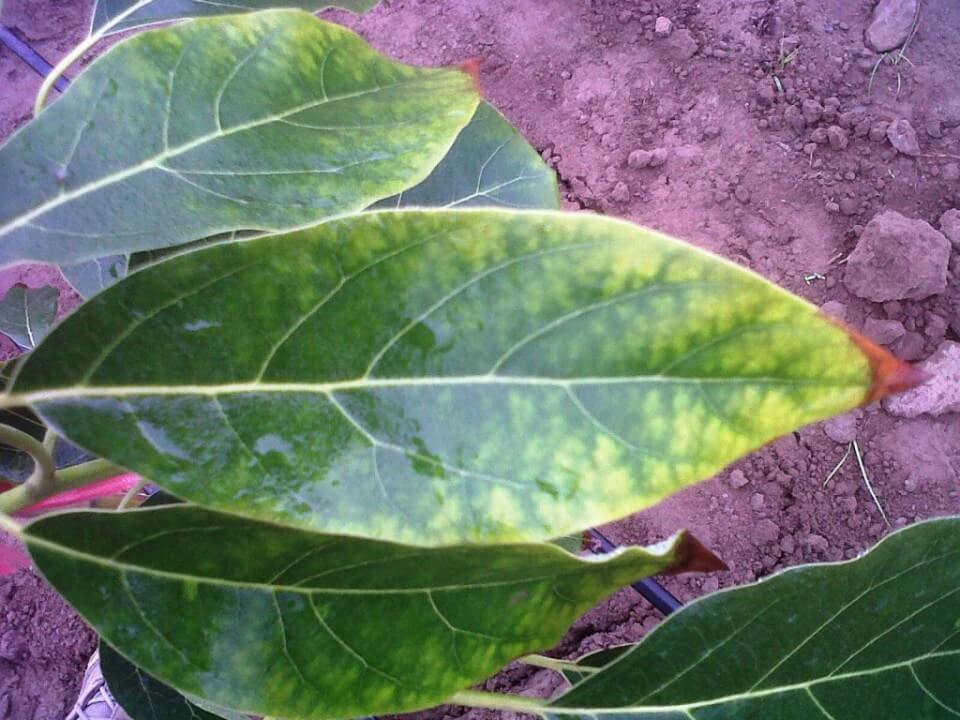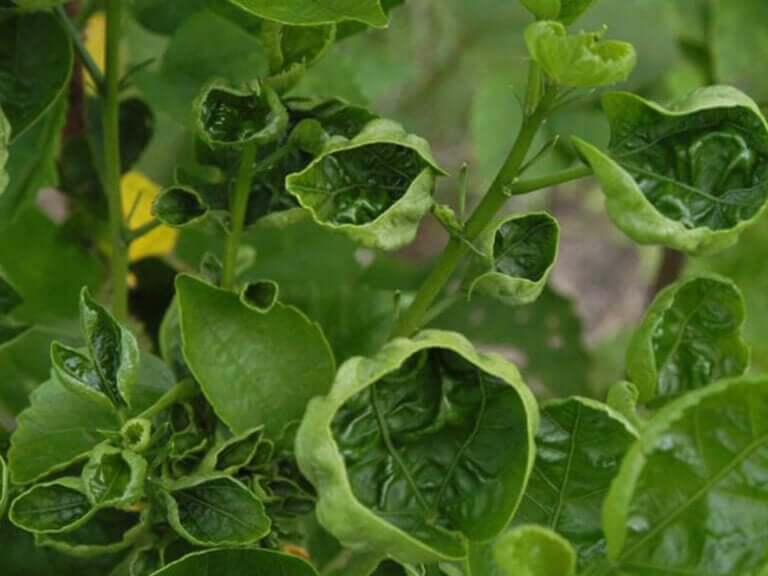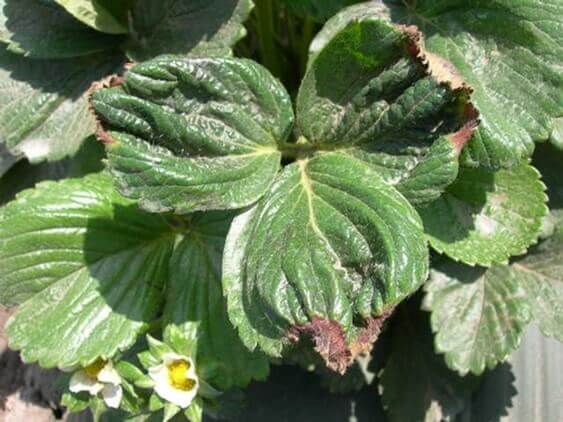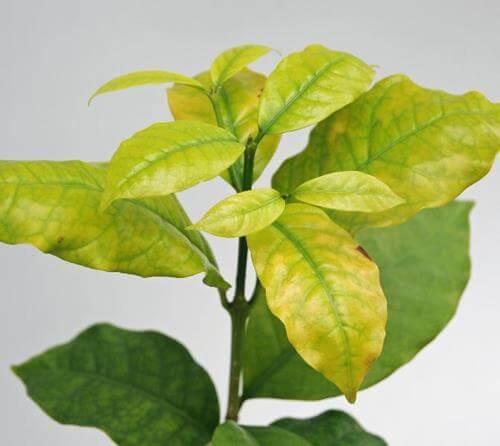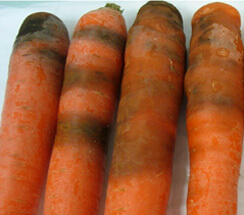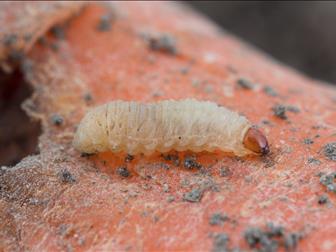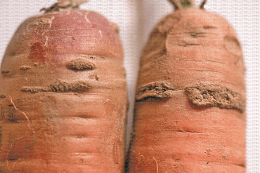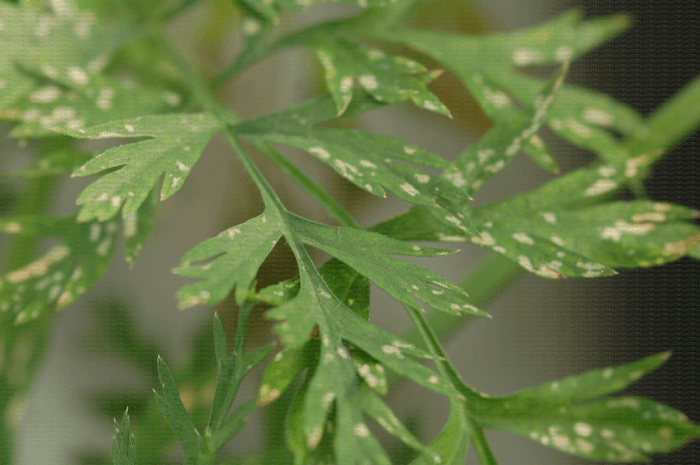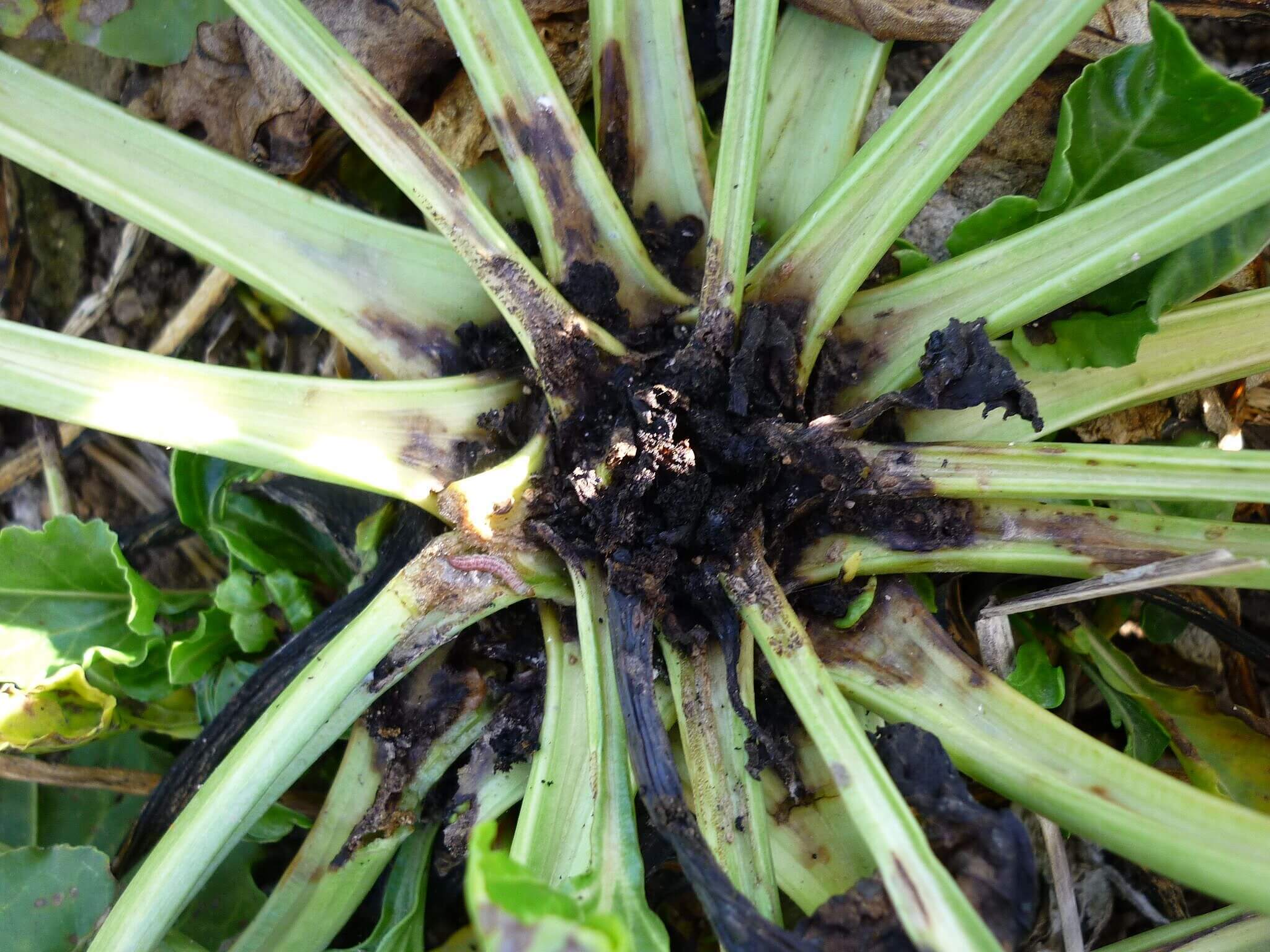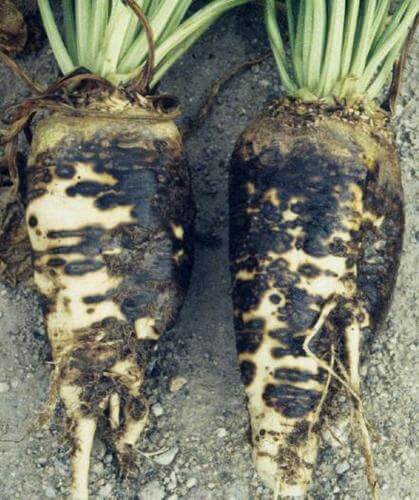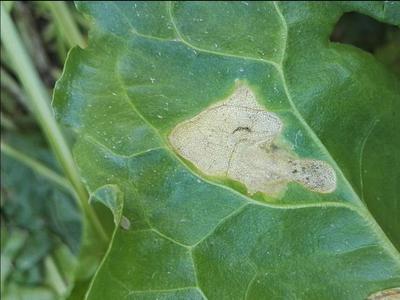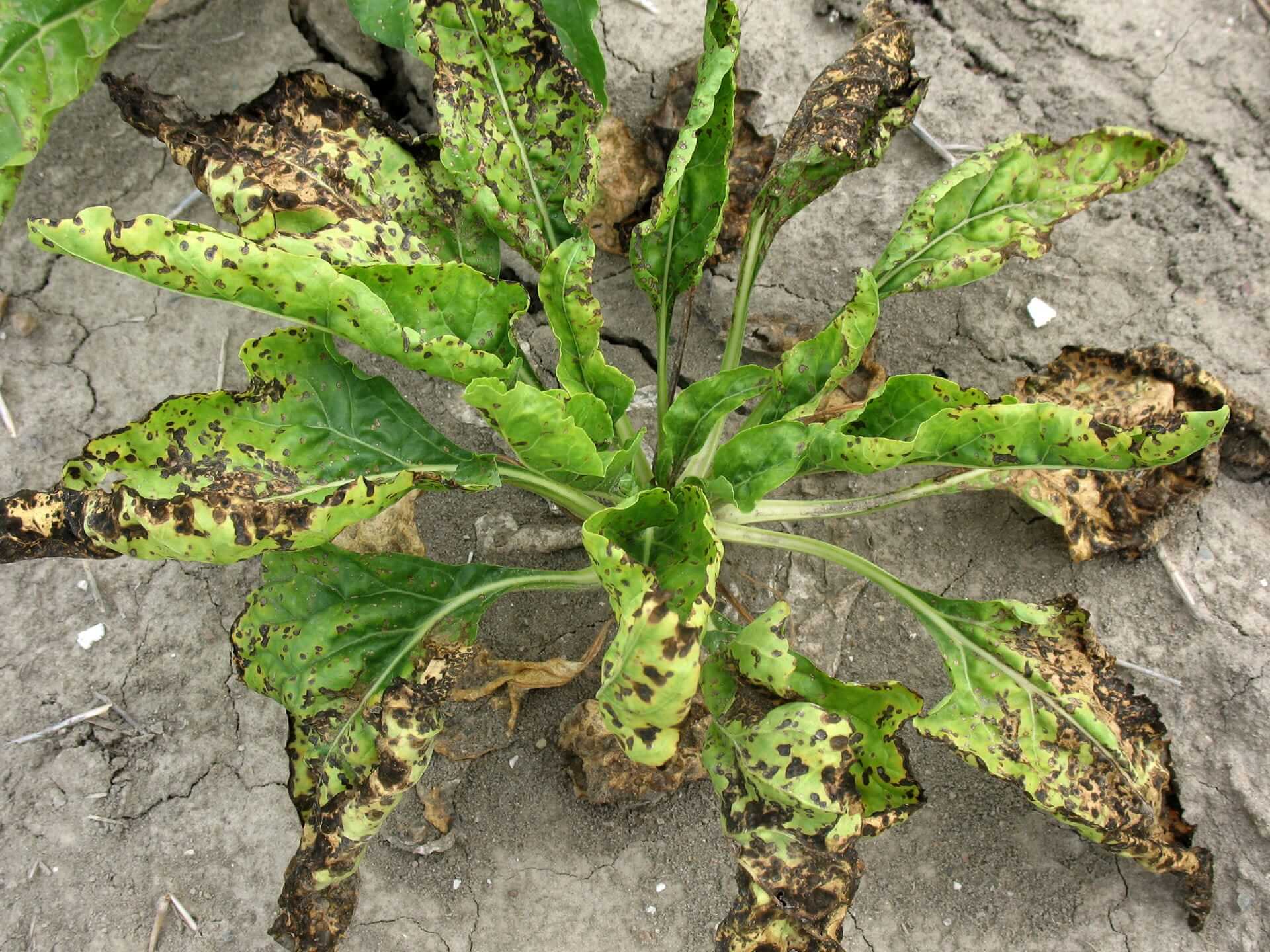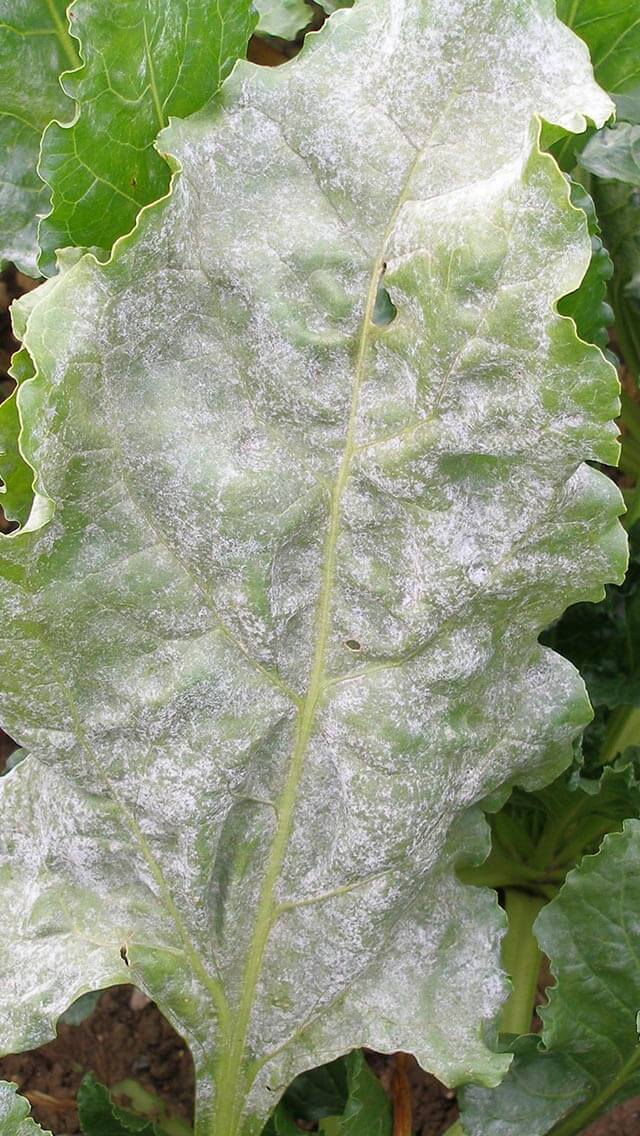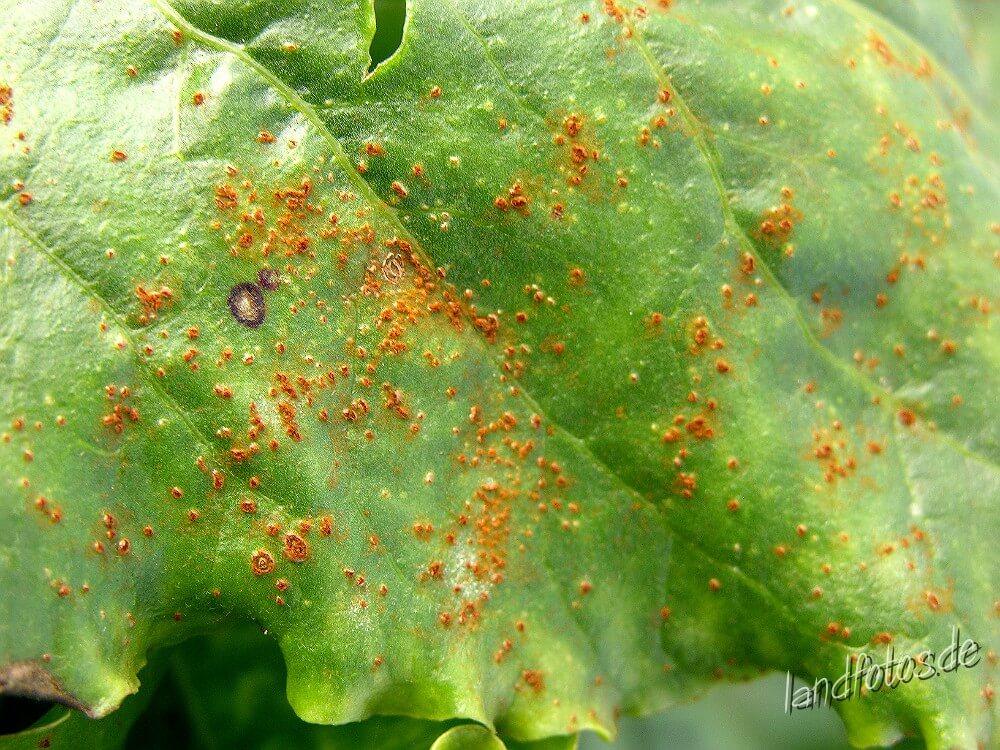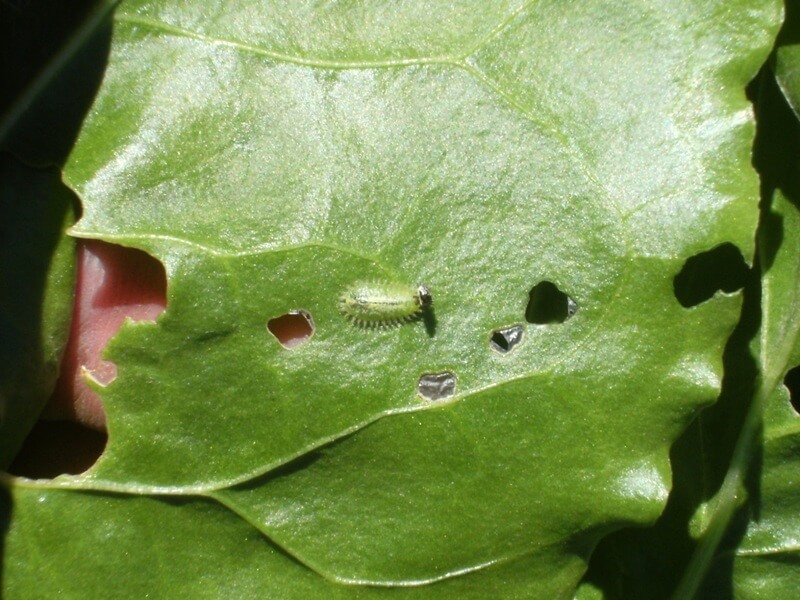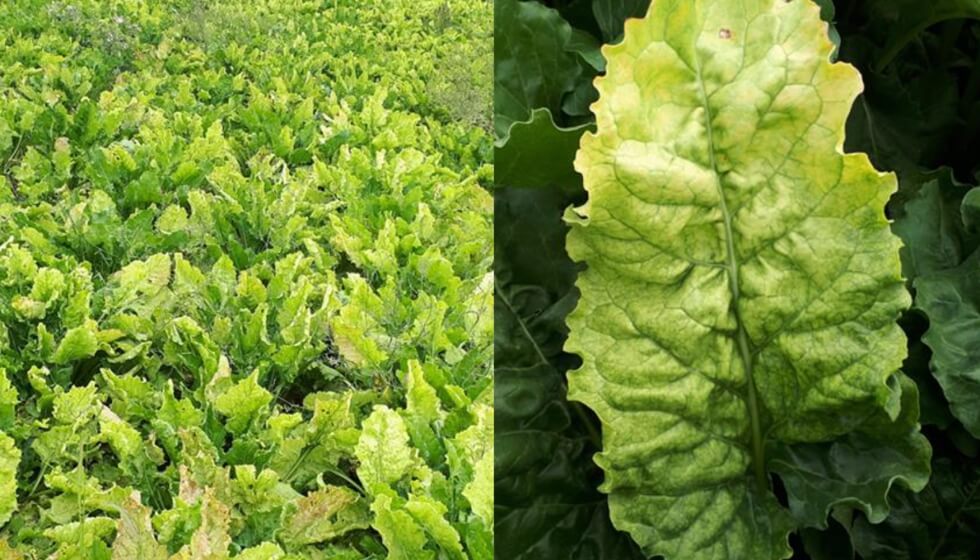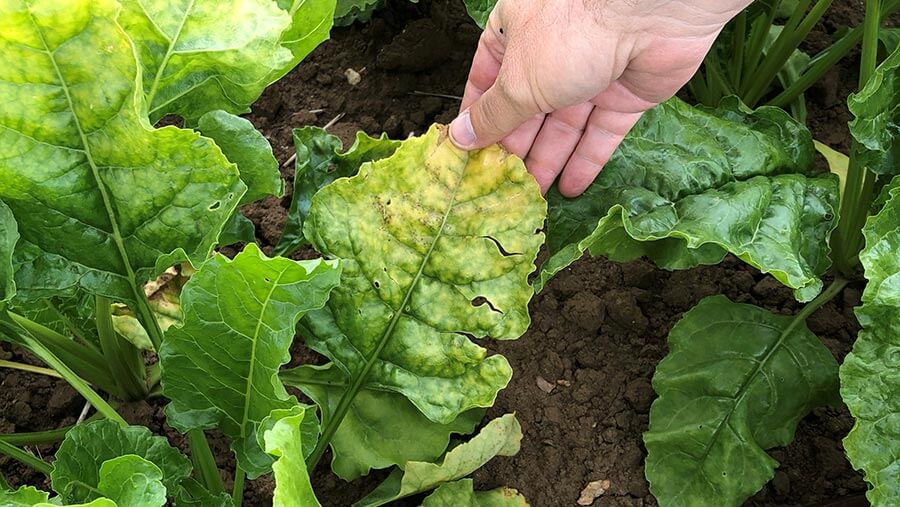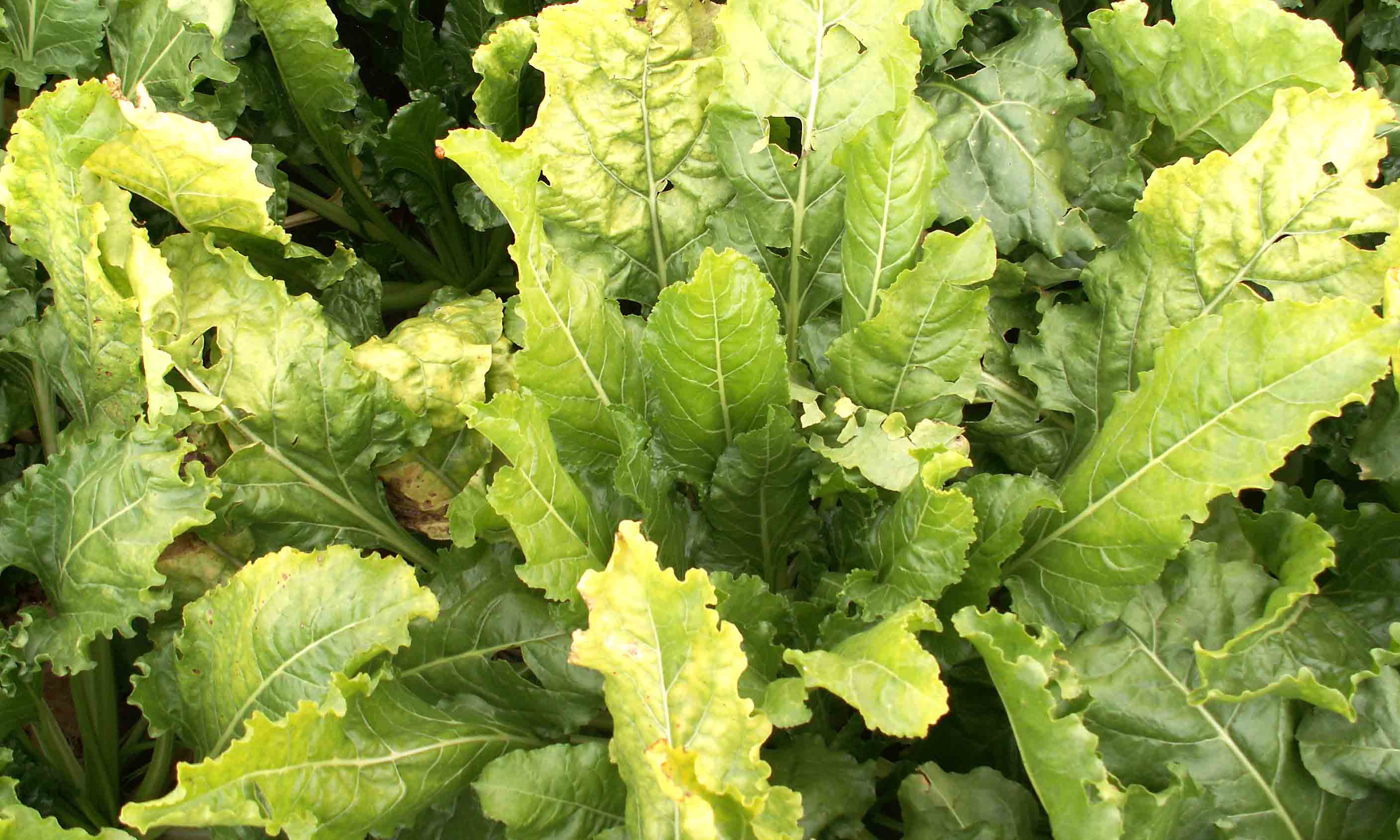
Remolacha de mesa
How to recognize and combat cleonus in beets
Cleonus
Insect
Type:
Risk to the plant:
HIGH
Temnorhinus Mendicus / Conorhynchus Mendicus
Pathogen:
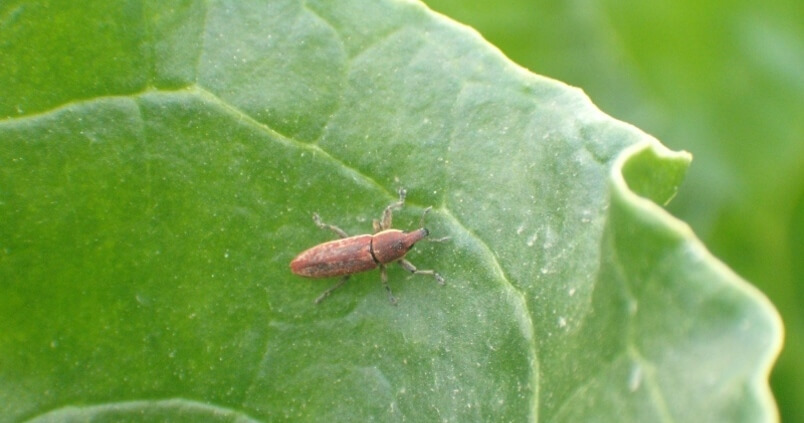
Gorgojos
WHO CAUSES IT?
Temnorhinus mendicus and Conorhynchus mendicus are two species of weevils that affect beets. These insects go through several stages of development that include egg, larva, pupa and adult. Females lay their eggs in the soil near beet plants. From these eggs the larvae emerge, which are responsible for the greatest damage, since they feed on the roots of the plant, preventing its proper development. After going through several molts, the larvae become pupae in the soil. Finally, adults emerge from the pupae and can also feed on beet leaves, although the damage is minor compared to that caused by the larvae. The adults reproduce and the cycle begins again. The duration of each phase depends on environmental conditions, mainly temperature and humidity.
SYMPTOMS
Infestation of Temnorhinus mendicus and Conorhynchus mendicus in beet causes a disease known as Cleonus. This disease is characterized by a general deterioration of the plant due to the larvae feeding on the roots. Affected plants show reduced growth and may wilt, especially during periods of water stress. The most visible symptoms include damaged and weakened roots, making it difficult to absorb nutrients and water. Severely affected plants may die.
- Yellowing and wilting of leaves.
- Roots with tunnels and galleries.
- Reduction in plant growth and vigor.
- Death of young plants.
- Presence of adult weevils on the foliage.


DEVELOPMENT CONDITIONS
Temperature:
20-30 °C
Humidity:
60-80 %
HOW IS IT SPREAD?
Direct contact with plants, migration of adults, movement of contaminated soil
HOW TO ELIMINATE IT?
Home treatments
There are no home treatments
Natural allies
Chemical treatments
There are no treatments for this disease. Treatments are directed at the insect vectors that transmit it. See insect treatments.
RECOMMENDED PRODUCTS TO ELIMINATE THE PEST
Sponsored link
Sponsored link
Sponsored link
Sponsored link
Sponsored link
Sponsored link
Sponsored link
Effective against all types of fungi
Sponsored link
Sponsored link
Sponsored link
Sponsored link
Sponsored link
REPELLENT PLANTS
-
RECOMMENDATIONS





















